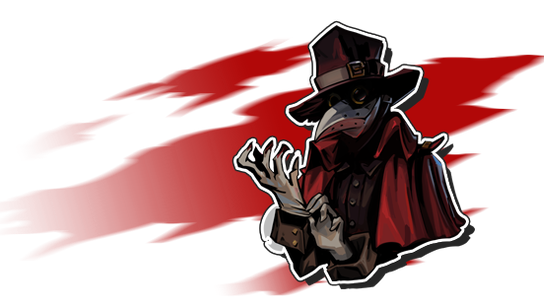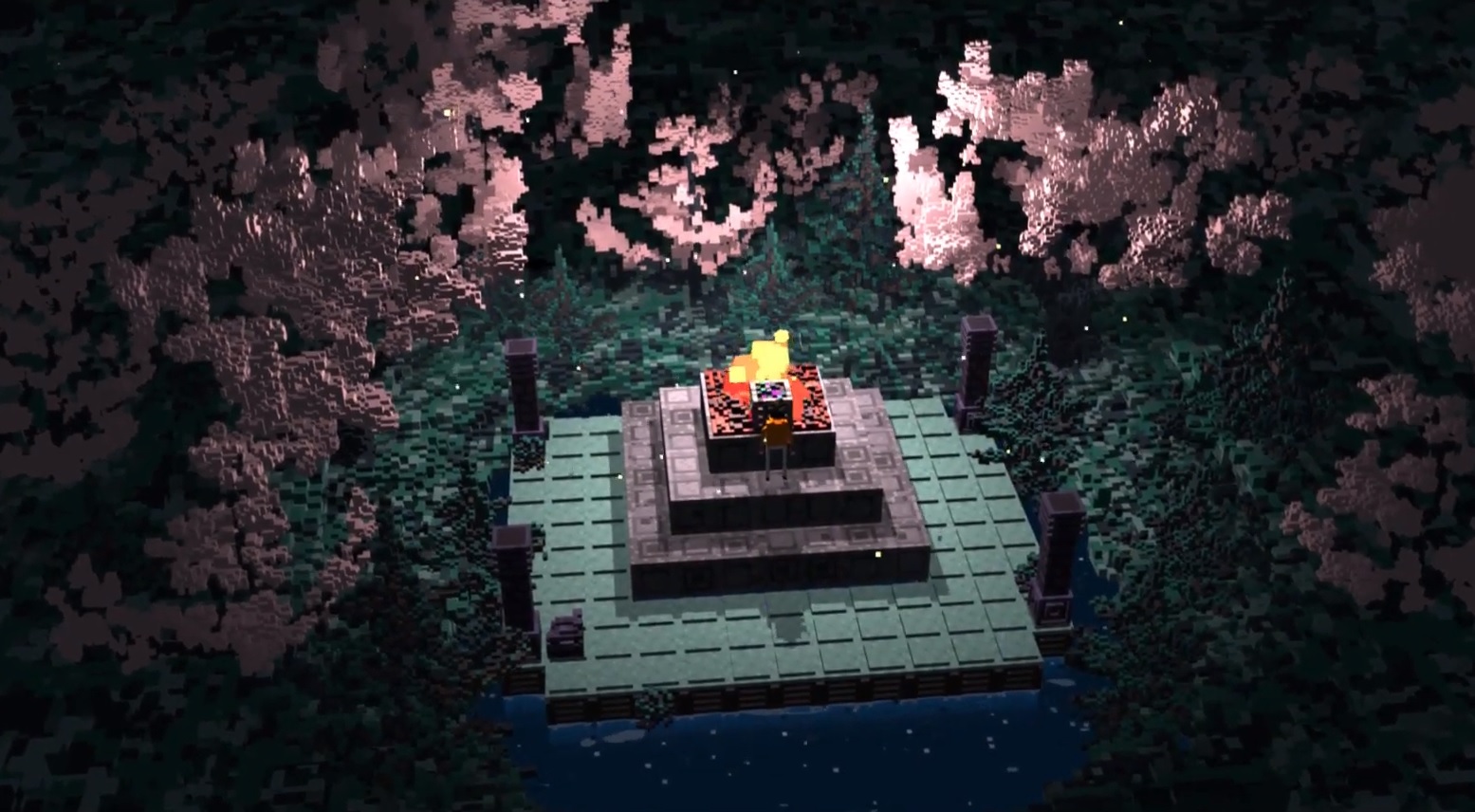Share
Hey there! Do you need to vent out frustration from the state of all things? Why not have a go bashing a slimy monster into a wall with a 2×4? Kick a mutated fetus in the face? Punch the COVID19 right out of some bats? Without consideration towards the adorable Japanese-only 1989 release of Splatterhouse: Wanpaku Graffiti, or the lackluster 2010 remake simply called Splatterhouse, the Splatterhouse trilogy is “spooktacular” for any slasher/horror film or gaming enthusiast, lover of the oozing slime and booger era called the late 1980’s/ early 1990’s, or fan of some solid retro gaming.
It’s officially “spooky season”, so let’s take a look at this cult and grotesque series!
Splatterhouse 2

IN 1992, Namco published a follow-up to their TurboGrafx – 16/PC Engine game Splatterhouse on the Sega Genesis/MegaDrive console(s). What sets the Splatterhouse legacy apart from other games of this era is its incredibly marketable aesthetic of being both disturbingly and awesomely gross as possible. Splatterhouse 2 features many of the same elements that made the previous entry such psychological and gory romp of and ahead of its time.
When we last saw our hero…

We last left our sentient evil house survivor and Jason Voorhees enthusiast, “Terror Mask” wearing Rick Taylor in bottomless despair, inconsolable and enraged by being forced to kill his girlfriend, Jennifer Willis, at the hands of the Splatterhouse. Splatterhouse 2 occurs three months after the events in Splatterhouse, as the player takes on, once again, the role of Rick. The Terror Mask speaks to the tormented Rick, as the screen zooms into the eye of a skull, the mask’s design is a little different and more skeletal (in the NA release) from the previous story.

The mask forcibly suggests Rick needs to find the “hidden house”, as Jennifer is yet to die. We are then greeted with a varying array of blue and black pixelated landscape, the burnt rubble of the Splatterhouse seen in the mid-ground. The camera side-scrolls as corpse bearing trees slide into the foreground. Behind lies the “hidden house”, breathing through the wilderness and storm on an island. The Terror Mask hisses “I’ll find you there…only I can give you the power…you need me.” Then the title screen appears:

If this sounds pretty dramatic, that’s because it is. In 1992 America’s love of the slasher was waning, but not without “masterpieces” such as Candyman and Army of Darkness. Splatterhouse 2 was a bigger success in the NA region than the first, simply because sales of the Sega Genesis massively towered over the absolute failure of the TurboGrafx – 16.
I was three when Splatterhouse 2 was released and although I was already attached to a Genesis controller through Sonic the Hedgehog, I could not imagine how my preference in gaming would have changed if it was my introduction instead. I would have skipped my whole “boyband” phase and be that one kid with a Sony Walkman in the 5th grade listening to Immortal. Oh, if my grandma knew Splatterhouse 2 existed for purchase alongside her gift of the anxiety-inducing, 7-Up soda platformer Cool Spot…
But, I digress.
Love drenched in gore
Splatterhouse 2 is as if the original game dialed-up the gore with a narrative that helps players develop a better understanding of what the hell is happening, perhaps, better than the comic insert of the original Splatterhouse. Traveling through eight stages instead of the initial seven, Rick once again hacks, slashes, kicks, and most importantly, punches his way to and through a second, unrelated Splatterhouse to retrieve Jennifer from her purgatory within. Each stage is over with a boss battle and NA players are able to enter passwords or change the difficulty.
The player is met with more platforming elements when compared to the first installment, which is a problem as Rick lumbers and jumps like a T-Rex. The jump mechanic is even worse in Splatterhouse 2 and is infuriating just by the fact that there is more of it. I can’t gauge where he will land; it seems completely randomized and inserted more as an afterthought by the programmers. The enemies sometimes fall into the same holes Rick “jumps” over, so that is pretty satisfying. Many of them even make the same ” woo!” noise as Michael Jackson in Michael Jackson’s Moonwalker.

However, level-end bosses are superb to down-right eerie, albeit tedious. They present the player with having to master their patterns effectively to strategize victory. In Stage II, Rick is stopped by a blue, pulsating face in the likes of Freddy Krueger and Professor Farnsworth from Futurama that summons flying flame skulls and spits a wad of unknown body excretion. At the end of Stage IV, after a harrowing chase across a footbridge by a Kraken, the player reaches the entrance of the “hidden house”. The jerk boss here is quite a bloody and phallic-shaped fellow. And like most bloody and/or phallic-shaped things, it is the worst, as it drop-slides back and forth wildly across the screen at Rick, who uses his awesome jumping skills for defense. The second form is spindly and crawls around like a spider with obvious yonic symbolism in between its four legs.

Finally, Rick enters the “hidden house”, gunning-down and punching-out everything in sight. At this point, the enemies’ sprites are repetitive, as the baddies are reused without consideration to the theming of the stage. The second part to Stage V reflects, appropriately, the mirror stage from Slaughterhouse, but you are punching pink versions of those Moonwalker turds as they destroy a zombie scientist’s laboratory just to jump-scare Rick. Then you set fire to the zombie scientist and casually walk to the next stage.
Okay, remember the Terror Mask, right? Next, the terror mask is able to access a portal within the “hidden house” that opens “the void” to retrieve Jennifer. Rick sees her apparition, but she is shortly dragged down by a bunch of grubby and gruesome hands. The player is punching and kicking body parts as they fly out of the hole. A lone big brain the same color as chewed bubblegum emerges and floats away. Rick JUMPS into the portal, falling down Alice in Wonderland style to Jennifer. He punches the crap out of the crystal she is enclosed in, eventually releasing her.

Now Persephone must escape Hades, as Rick leads Jennifer to safety through a ghostly spiritual hellscape complete with an early 1990s attempt at 3D God or whoever is in charge of hell. As Creator attacks you with energy spheres, Rick manages to avoid and defeat him escaping with Jennifer to Stage VI, back into the crumbling “hidden house”. Outside, Rick secures a boat to get across the water to safety, and, way before Final Fantasy VI‘s foray into annoying octopus boss trope, mind you, flings umbrellas into the eye of the earlier Kraken at a speed that does not match the rest of his movements throughout the game.

On the home stretch to safety, the couple is met with the big bubblegum brain. The lack of innovation behind Splatterhouse 2‘s enemies is disappointing, as Rick, once again, decimates a series of similarly designed and programmed enemies that the player has already experienced ad nauseam with this final, and anti-climatic battle. Once the Big League Chew is defeated, the “hidden house” crumbles into the water, as Rick and Jennifer embrace under the sunset, their nightmare finally over.
OR IS IT?




